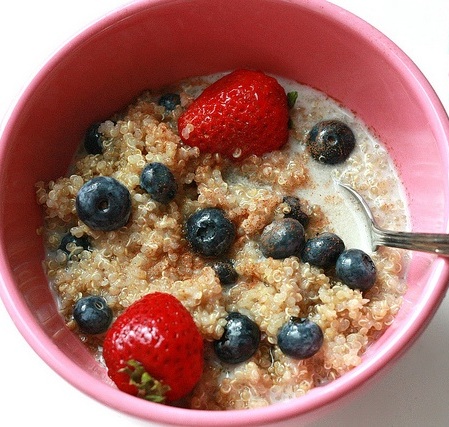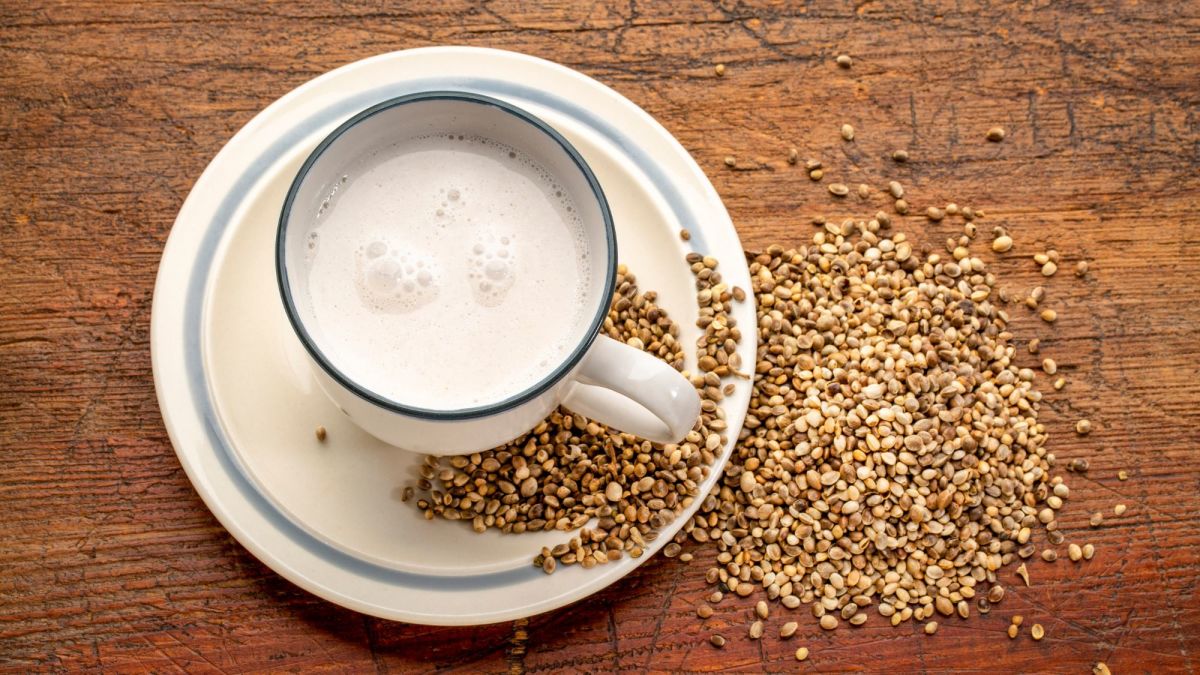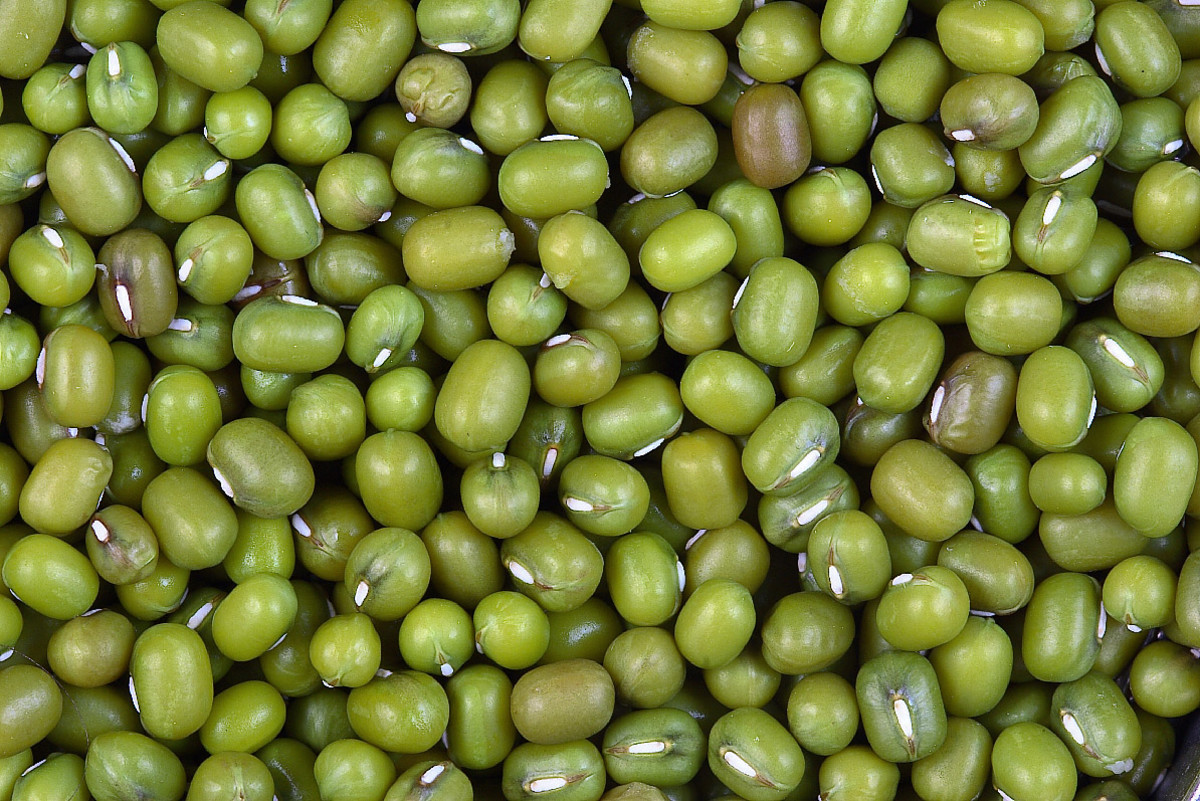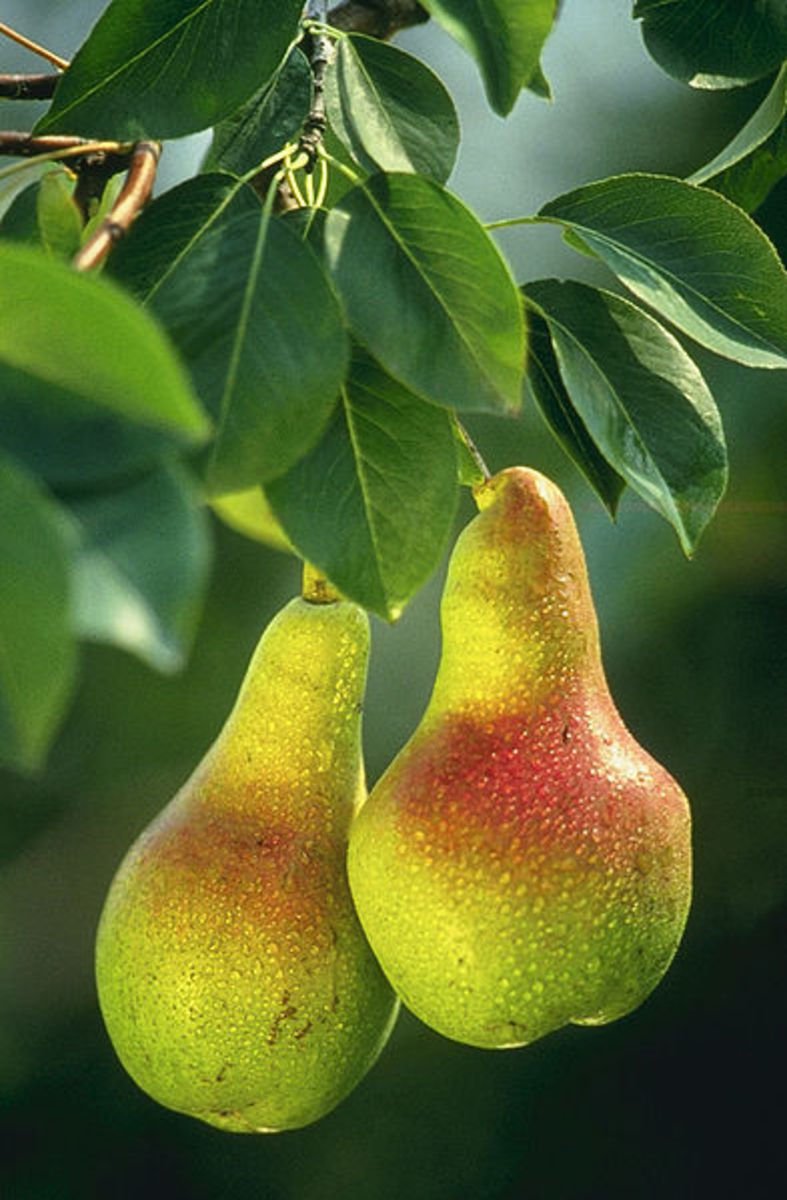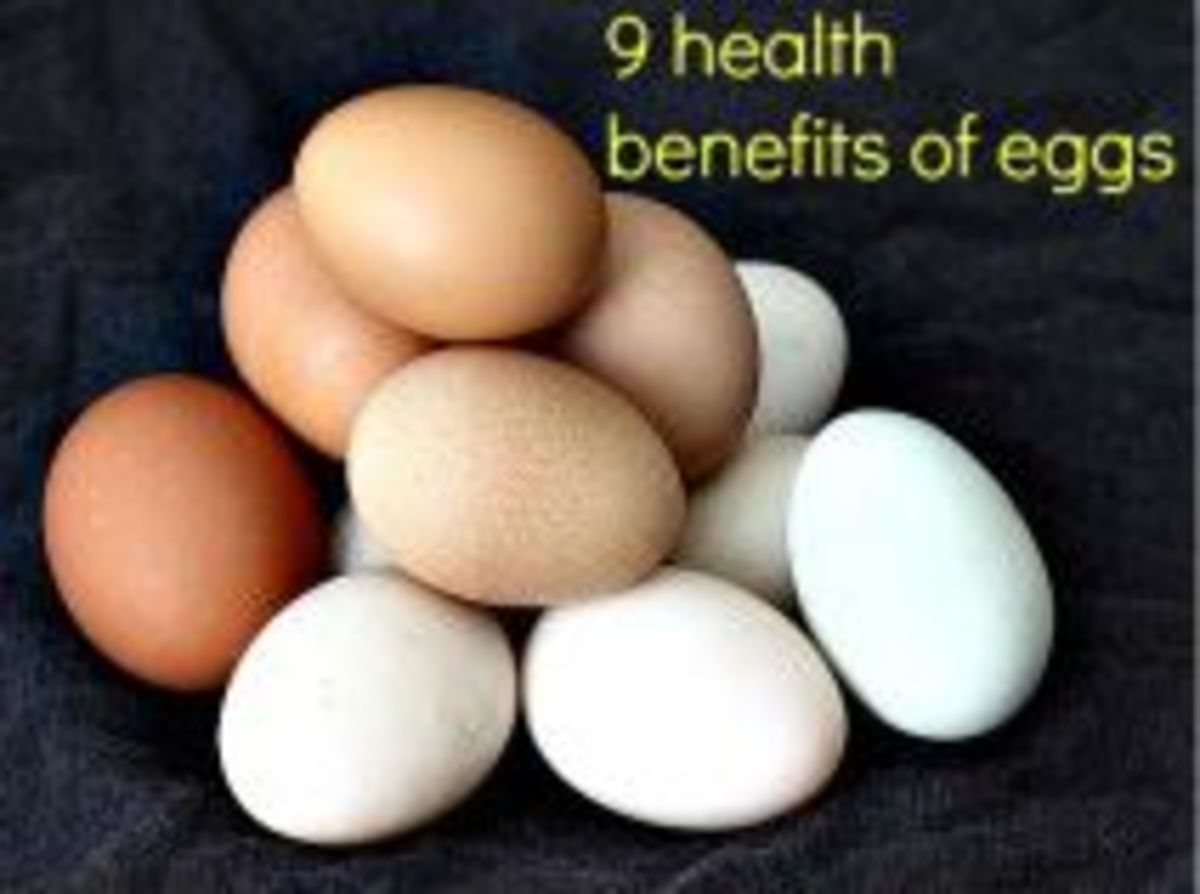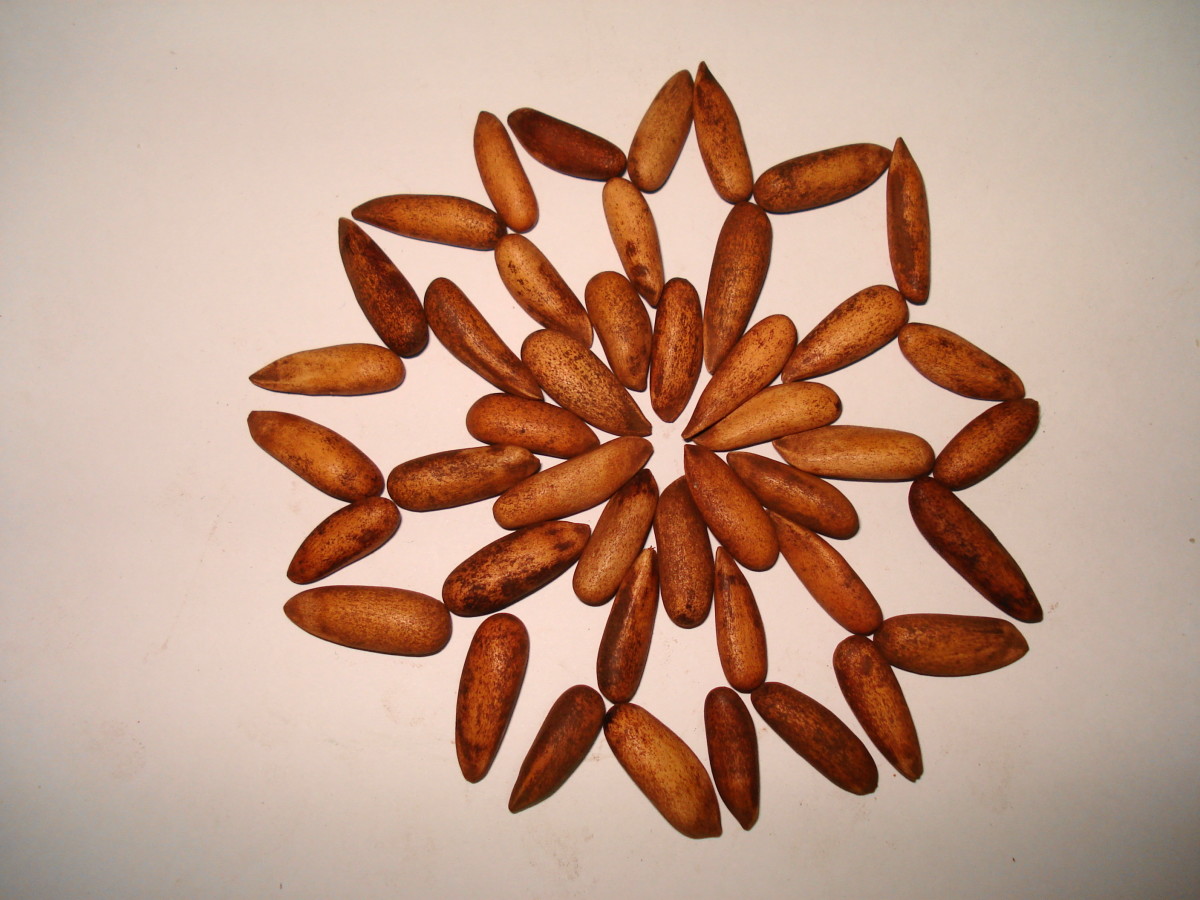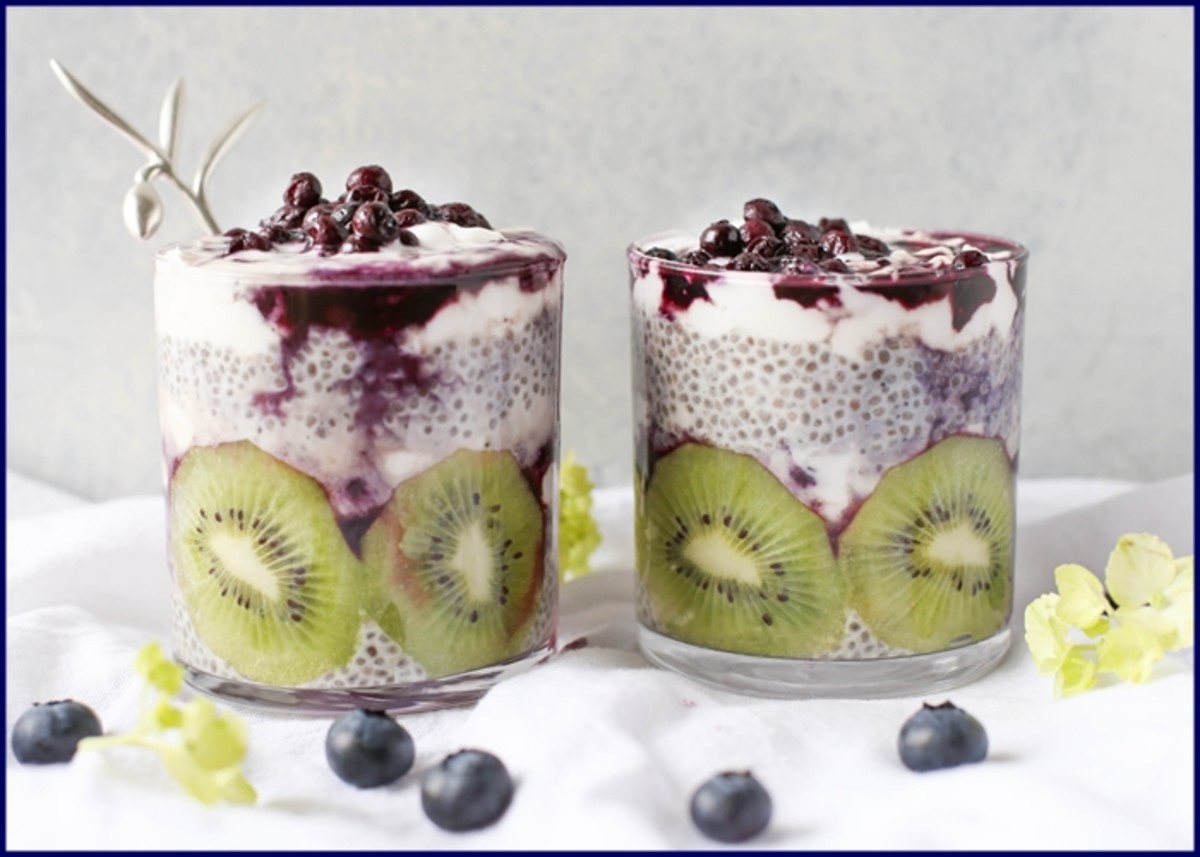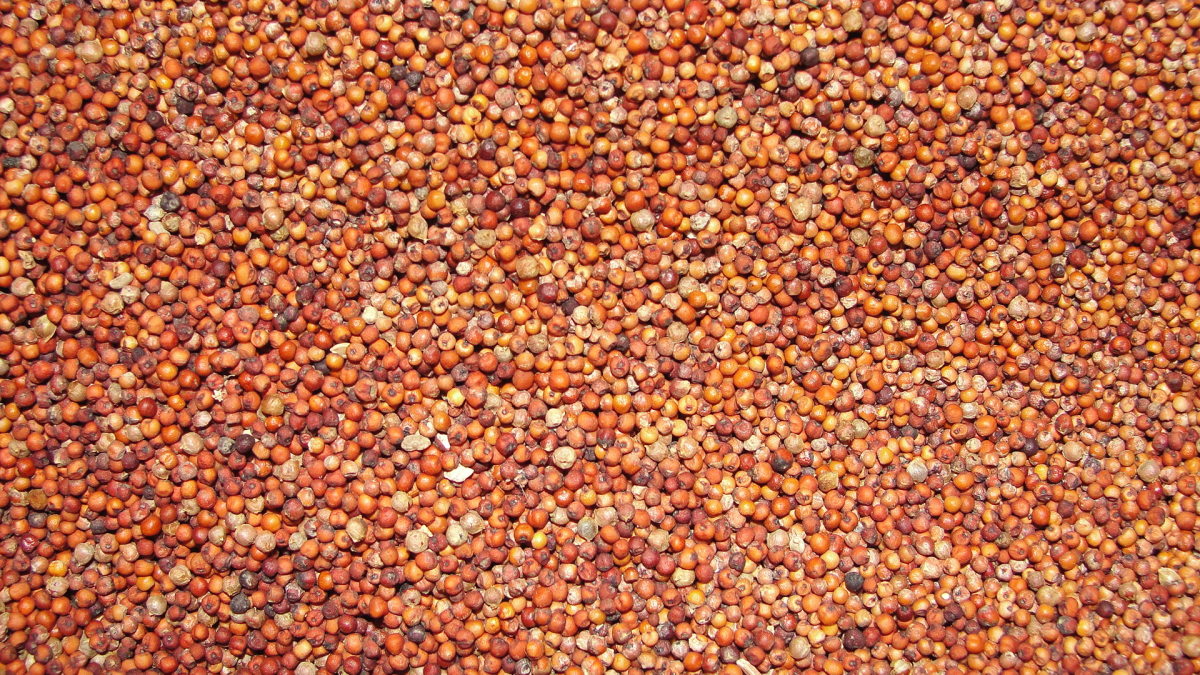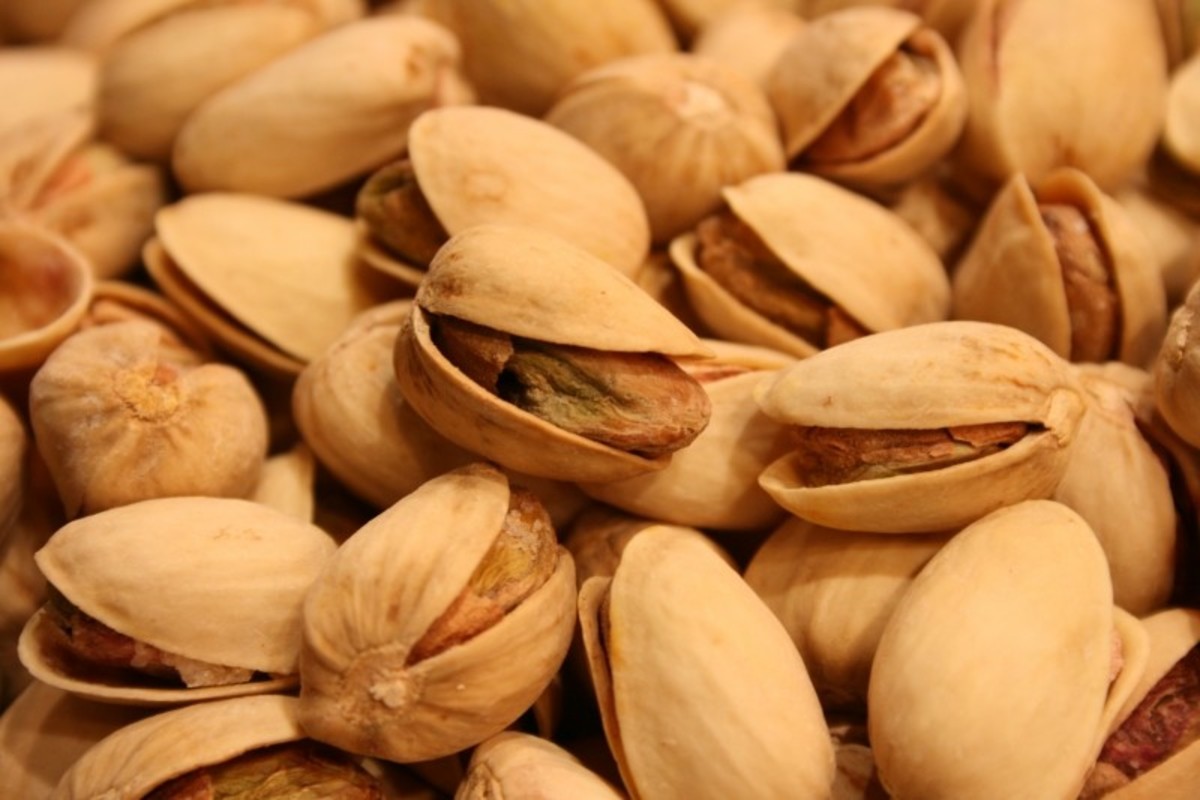Health Benefits of Quinoa
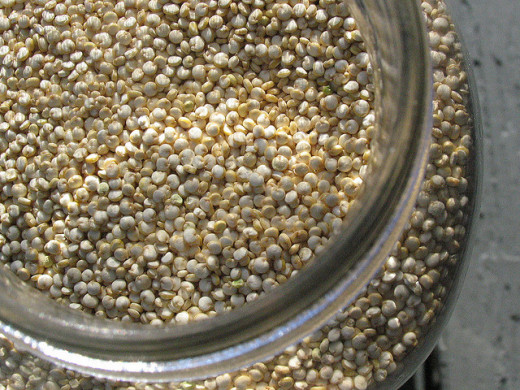
What is Quinoa?
Quinoa, pronounced "KEEN-wah," is often assumed to be a grain, but this healthy superfood is actually a seed. The quinoa plant is considered a non-grass pseudo-cereal, more closely related to beets and spinach than to true cereals such as rice and wheat. First cultured by the Incas, Andean cultures have considered quinoa a staple for thousands of years. Only fairly recently have other areas of the world where the plant is not indigenous started appreciating quinoa seeds for their nutritional value. With rising popularity in the United States, Europe, Japan and other countries, quinoa is becoming a worldwide favorite.
Quinoa Benefits:
One of the most well-praised benefits of quinoa is its relatively high protein content. While not quite as protein rich as legumes and beans, quinoa has one asset legumes and beans do not: it is a complete protein. Containing the right mix of all nine essential amino acids, quinoa does not need to be combined with other foods in order to provide your body with the protein it needs to properly function. This makes quinoa a favorite of vegans and vegetarians attempting to incorporate an adequate amount of protein into their diet.
Quinoa also contains a good amount of dietary fiber, which can help normalize digestion, regulate blood sugar and lower bad cholesterol. Phosphorus, calcium, magnesium and iron are some important minerals quinoa provides. Many of the B vitamins, which help the body convert food into energy, are found in quinoa, as well as thiamin, riboflavin, folate and vitamin E.
Quinoa is an ideal food choice for people who are attempting to lose or maintain weight because of its high nutritional content and its ability to make you feel full longer. Ranking low on the glycemic index, quinoa makes a good rice substitute for diabetics. Because quinoa is gluten-free, it is also an excellent option for people with gluten intolerance or wheat allergies.
Cooked Quinoa Nutritional Facts
Serving Size
| 1 cup (185 grams)
|
|---|---|
Calories Per Serving
| 222
|
Calories From Fat
| 32
|
Total Fat
| 4g
|
Cholesterol
| 0mg
|
Sodium
| 13mg
|
Total Carbohydrate
| 39g
|
Sugar
| 0g
|
Dietary Fiber
| 5g
|
Protein
| 8g
|
Iron
| 15% Daily Value
|
Calcium
| 3% Daily Value
|
How to Eat Quinoa:
Quinoa is extremely versatile with the ability to be eaten sweet or savory. It can be easily prepared the same way that you cook rice - boiling and simmering until all water has absorbed. While it makes a wonderful rice substitute, do not expect it to taste like rice. Quinoa has a flavor of its own.
Quinoa makes a delicious breakfast "cereal" when combined with milk, nuts, berries, cinnamon, honey and other sweet mixtures. Try almond or coconut milk for variation. For lunch and dinner quinoa meals, quinoa can be added to stir fries, soups, casseroles or salads. A simple mix of vegetables and spices with cooked quinoa makes a tasty side. Quinoa burgers, quinoa and black bean chili, and quinoa pilaf are a favorite of vegetarians and vegans.
Quinoa can also be used as a flour-like substitute in baking recipes. Search online for cake and cookie quinoa recipes to add protein to your desserts or to keep your meals gluten-free.
